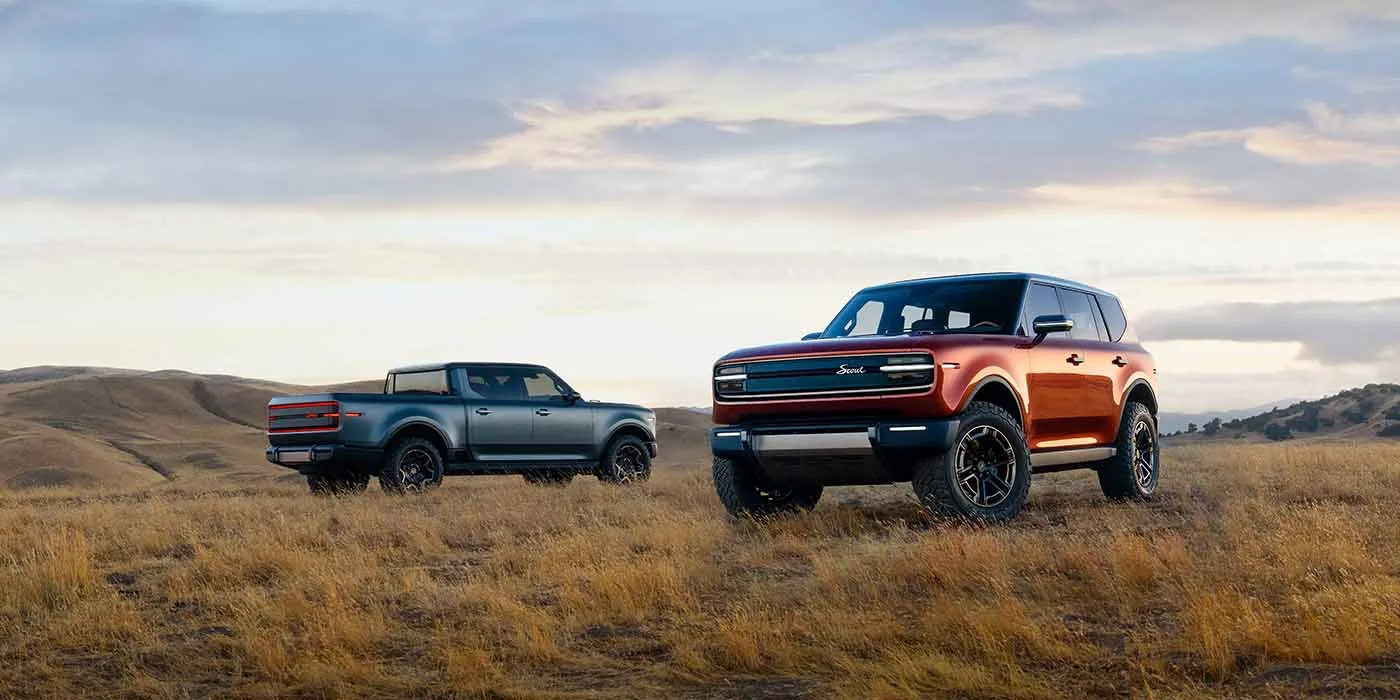
The wait is officially over. Volkswagen Group’s revival of the Scout brand has finally unveiled production-intent concept versions of its two flagship EV models. We are in Nashville, Tennessee, where Scout Motors shared details of its first SUV, the Traveler, and its all-electric pickup truck, the Terra. If Scout can hit its targets, these new EVs will also be quite reasonably priced.
Table of contents
A couple of updates post reveal:
- The Scout team would not confirm where the gas engines were going to be sourced from, but said a majority of the components will sourced locally and they will have help from a major investor. That would most likely be Volkswagen Group.
- For the EREV version, Scout is targeting about 150 miles of BEV range, the rest will come from the Harvester range extender.
- I asked if the EREV would cost less, but Scout isn’t sharing pricing at this time. That said, we were told that the EREV will cost less to build. Put two and two together, and customers will probably see savings if they go with the Harvester extender option.
- I asked if the UI is coming from Rivian and the Scout team would not confirm, but said they’d leave it to that joint venture’s team to make an announcement like that. Based on what we’ve heard from Scout so far about the EV, its “modern zonal software architecture” sure sounds a lot like Rivian’s tech.
Scout’s new EVs have been 80 years in the making
As you may or may not know, today’s iteration of the Scout was derived from the beloved nameplate of off-road vehicles built by International Harvester from 1961 to 1980. While only about 530,000 Scout trucks were built during that production run, the all-but-forgotten brand still holds a small but passionate fanbase, many of which were present at the media event outside Nashville today.
Two years ago, Volkswagen Group shared plans to capitalize off that heritage and revive the namesake for the modern EV age while planning to stay true to the rugged, off-road performance its remaining predecessors are still celebrated for. By November of 2023, we learned that Scout had two EV models in development with the help of contract manufacturer Magna International.
Until today, we had only seen broad renderings of the two flagship vehicles, an SUV and a pickup, as physical models were being designed and developed in Novi, Michigan, close to a new Innovation Center being erected nearby.
We know the two flagship models will be built at a new Scout production facility in the US, specifically in South Carolina. We were present at the site’s groundbreaking ceremony this past February. Even then, however, we had no real clues as to what these two new models would look like, other than that they would arrive as true off-road capable EVs.
However, Scout president and CEO Scott Keogh promised we would glimpse the first two Scout EVs this summer. Well, summer has come and gone, but the young EV marque has made good on its promise in the fall, officially debuting the Traveler SUV and Terra pickup in front of a massive crowd today.
Scout unveils two awesome looking new EVs
Over 300 people from the media, brand ambassadors, and original Harvester Scout owners gathered in Franklin, Tennessee, this afternoon where, just moments ago, the young automaker unveiled production intent concept versions of its first two EVs. Keogh spoke:
Two years in the making, the day has finally come to share the next generation of Scout vehicles with the world. The original core idea — rugged, versatile vehicles capable of off-road adventure and family duty — is more relevant than ever. We couldn’t be prouder to revitalize this iconic American brand, create thousands of American jobs, and put American ingenuity back to work.
The first EV model, seen above, is the Traveler SUV. This EV is expected to deliver over 7,000 pounds of towing and a payload capacity of nearly 2,000 pounds. It is also expected to deliver up to 350 miles of all-electric range, but even more, if you add a range extender (more on that in a bit). As you can see from the image above, the Traveler’s rear features a split tailgate for easy access to cargo and “protection from the elements when opened.”
The second Scout EV model to debut today is the Terra pickup truck (seen below). It will offer the same range and payload as the Traveler but is expected to be able to tow up to 10,000 pounds. The Terra will also feature a 5.5-foot pickup bed equipped with two 120V and one 240V power outlets.
Thanks to nearly 1,000 lb-ft of torque, both models will also be able to accelerate from 0 to 60 mph in as quickly as 3.5 seconds.
The Traveler and Terra will be built on a proprietary body-on-frame platform with a solid rear axle designed for off-road performance. The new platform also enables tires up to 35 inches, over one foot of ground clearance, close to three feet of water fording capability, a front sway bar disconnect, front and rear mechanical lockers, and “robust suspension options.”
Both Scout EVs will feature a four-wheel-drive system with an electric drive unit on each axle. The automaker also shared that it expects its fully electric models to be able to climb 100% grades.
As anticipated, all Scout EVs will utilize the North American Charging Standard (NACS), which will power their 800V architecture with rates as high as 350 kW. The EVs will also arrive with bi-directional charging capabilities.
Notice how we mentioned the “all-electric versions” a couple of times? That’s because today, we learned that Scout hopes to stomp any customer woes about range anxiety (especially when towing) by offering a gasoline range extender option.
Scout’s EVs can nab up to 500 miles of range as an EREV
While Scout said it would sell 100% BEV versions of the Traveler and Terra, it will also offer an
extended range electric vehicle (EREV) system upgrade with a gas-powered generator called “Harvester.”
The 350 miles of expected range in the full EV versions is already more than adequate and competitive in the segment, but for those Scout customers who want more peace of mind, they can secure an expected 500+ miles of range with the gas generator add-on.
Other features include modern zonal software architecture that enables over-the-air (OTA) updates and remote diagnostics. Both Scout EVs have ample frunk storage capable of fitting golf clubs, a gym bag, a small cooler, and 120V and USB-C power outlets.
The interior of both new models features a design philosophy described by the Scout team as “simple and bold, tactile, and fit for purpose.” The aesthetic of the instrument panel and its upper brow with a deep undercut is a nod to the original Harvester Scout II.
The Traveler SUV offers additional front storage with a multifunctional console, and both EVs will come with a front-row bench seat option Scout describes as part of its “Connection Machine.”
Lastly, Scout shared plans to offer several personalization opportunities and accessories, including auxiliary lighting, assist steps, power off-boarding solutions, off-road bumpers with recovery points, and a heavy-duty winch.
Scout Traveler and Terra pricing and availability
Even though Scout Motors remains a Volkswagen Group sub-brand, it describes itself as an independent American company and startup and operates as such. As Traveler and Terra EV production approaches, Scout shared plans to establish and nurture a one-to-one relationship with its customers. In this case, that means a direct-to-consumer sales model.
The automaker shared plans for retail spaces called Scout Workshops, where current and prospective customers can take advantage of “a test drive, a handshake, and hands-on service when needed.”
The company also shared that due to their initial design, 80% of Scout EV repairs will be able to be completed outside of a Workshop, whether it’s out in the terrain or in your driveway. So, Scout will establish a direct sales and service network for its customers, some of whom will join the brand’s community today with a Terra or Traveler pre-order.
Speaking of which, you’re probably wondering what these new EVs will cost. Since these remain production-intent concepts, we only have a partial breakdown of the trim options and how they differ. However, Scout did share some initial EV pricing today.
The Traveler SUV will start at a retail MSRP below $60,000, and its entry-level trim could arrive priced as low as $50,000, including “available incentives” – assuming that includes the full $7,500 federal tax credit since these EVs will be built entirely in the US.
The Terra truck is expected to hit the market with a starting retail price under $60k as well, and its entry-level option could be as low as $51,500 with available incentives. We will need to wait a while to learn exactly what those trims entail and what incentives are available at the time, but even at full price, these Scout EVs are relatively affordable compared to their competitors.
Pre-orders for the Scout Traveler and Terra are now open, and you can secure a reservation on the company’s website. However, targeted production of these EVs is not expected to begin in South Carolina until 2027.
Electrek’s take
Overall, Scout Motors did not disappoint today. The Terra and, to a higher degree, the Traveler SUV offer a nod to the brand’s past design elements but with an infusion of modern-day technology and performance.
From a design perspective, these new EVs look very similar to how I had imagined them based on what I had previously heard from the Scout team the past year. Today’s biggest surprise for me was the choice to offer an EREV version.
While I never condone gas engines, especially as so many more BEV models are becoming available at more affordable prices, this move by Scout makes a lot of sense and could truly pay off when it’s time to report initial sales figures.
We say it all the time on this site, but the average driver does not need 350 miles of range in their daily routine, so the BEV versions are already more than adequate if Scout can, in fact, hit those numbers. However, a vast topic of discussion amongst current and prospective BEV truck customers is the range loss during towing – it’s admittedly significant. It has probably deterred a sizable number of consumers from going all-electric in the past three years.
Adding a range extender is an intelligent solution that can give those drivers who actually need to tow a boat or large trailer extended distances more peace of mind. Should someone in the suburbs who mostly commutes to work and the store opt for that gas extender? No, but I can’t stop them.
It’s nice to have the option, and I have to respect Scout for taking the BEV approach first and adding gas for long hauls. These Scout EVs will still get 300+ miles of range before you’d even need the extender, so it will hopefully collect dust most of the time. But it’s nice to have that option, even if, at the very least, it shuts up skeptics or naysayers who say BEV trucks can’t compete with their gas counterparts.
Top comment by colin gebhart
My family owned Scouts for 30 years. My first vehicle was a Traveler. This is almost exactly what I was hoping they would deliver, including the EREV option for towing my camper out to West Texas, with decent electric range and NACS charging. I'm not sure I can stomach spending $50k on a vehicle vs the under $10k on used vehicles I usually spend. But it's very tempting to get on the reservation list.
It’s also a much better option than a PHEV, which prioritizes gas range in its system, so you’re only getting 15-40 miles of electric range before it’s just a hybrid. The Scout EVs are full-fledged BEVs first, with the option for gas to get you farther in specific driving scenarios. If you have to include combustion, this is the way to do it.
I also hope Scout can hit these price targets because for the size, range, and capabilities the Terra and Traveler are offering, those starting MSRPs are doable. Add the potential for incentives, and you could be looking at a $50,000 BEV truck that can compete with Rivian and Ford on the spec sheet but at a lower price.
A lot can change between now and 2027, but design-wise, Scout Motors looks to have come out swinging with its first two EVs, and I can’t wait to test them both out for myself.
What do you think? Let us know in the comments below.
FTC: We use income earning auto affiliate links. More.

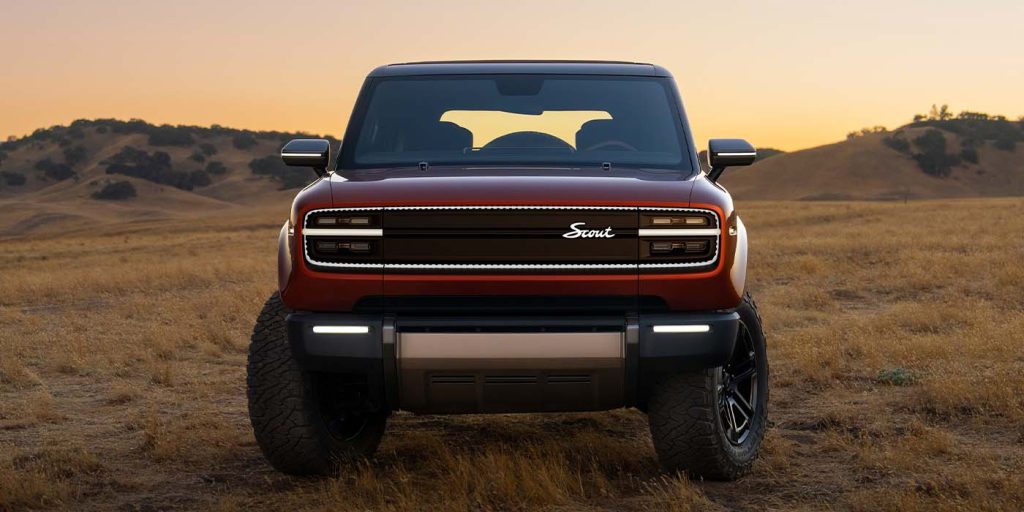
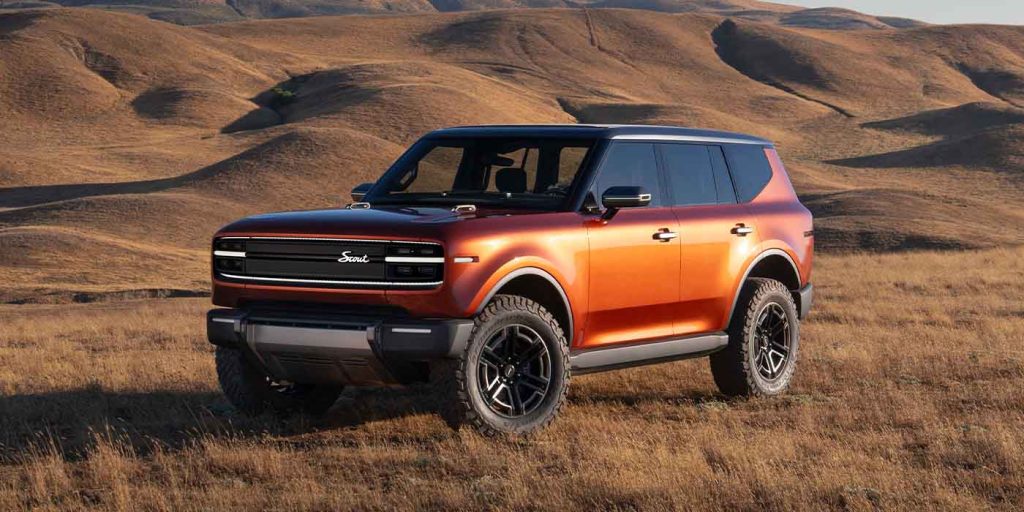
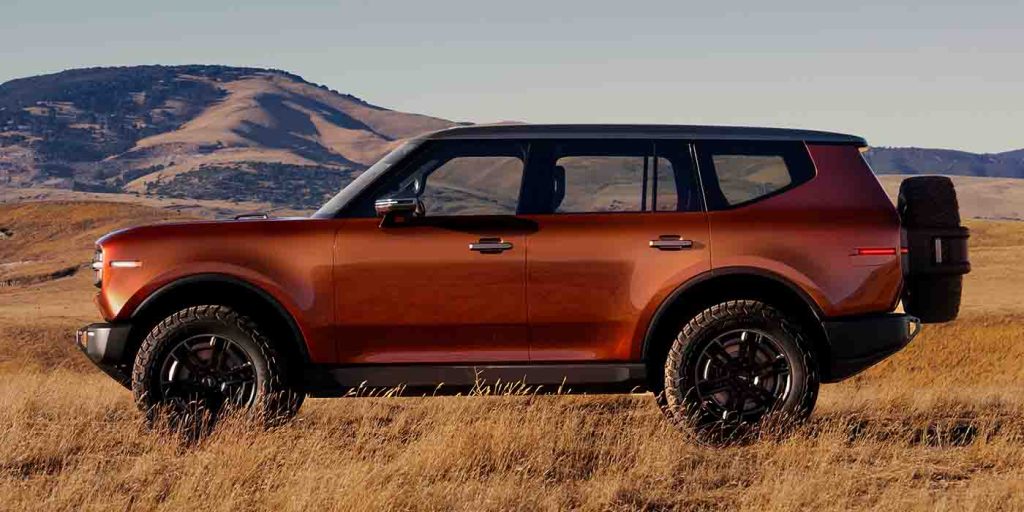
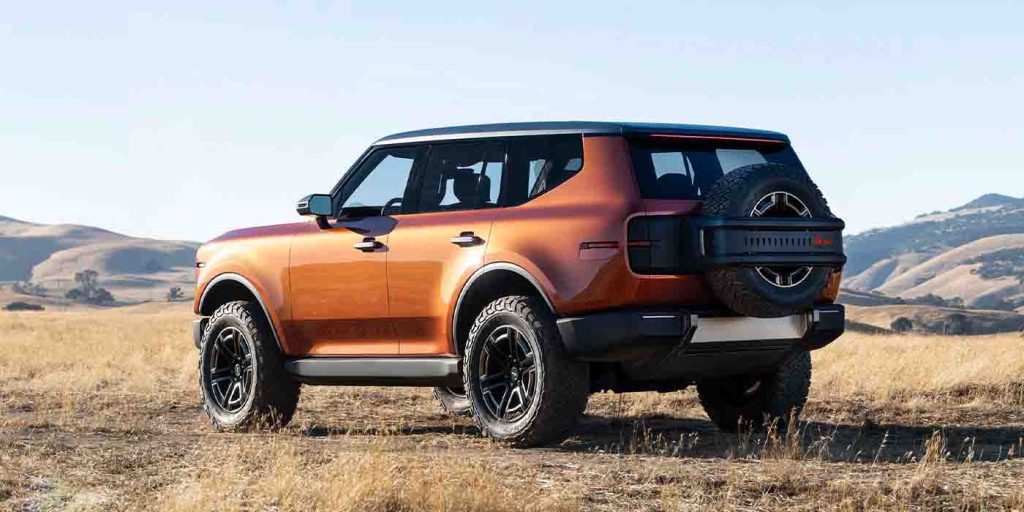
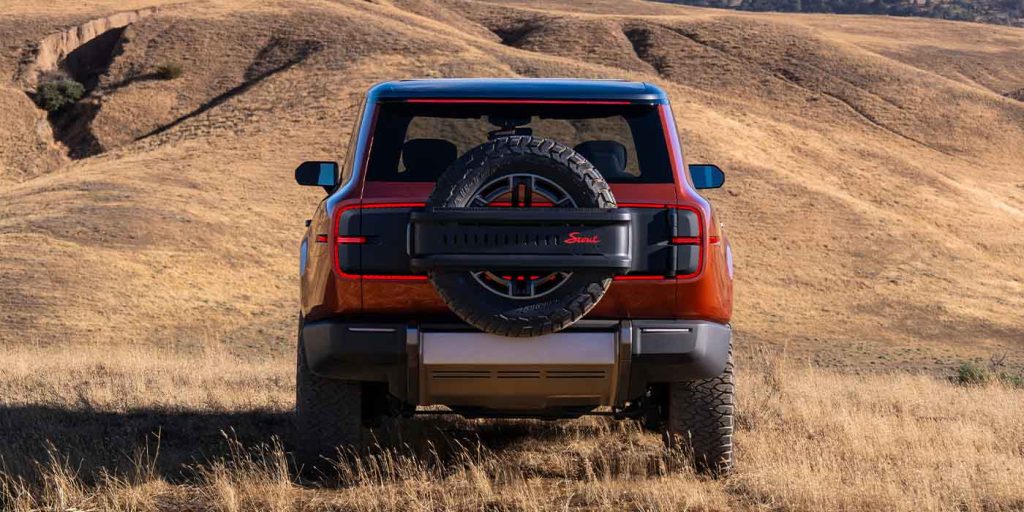
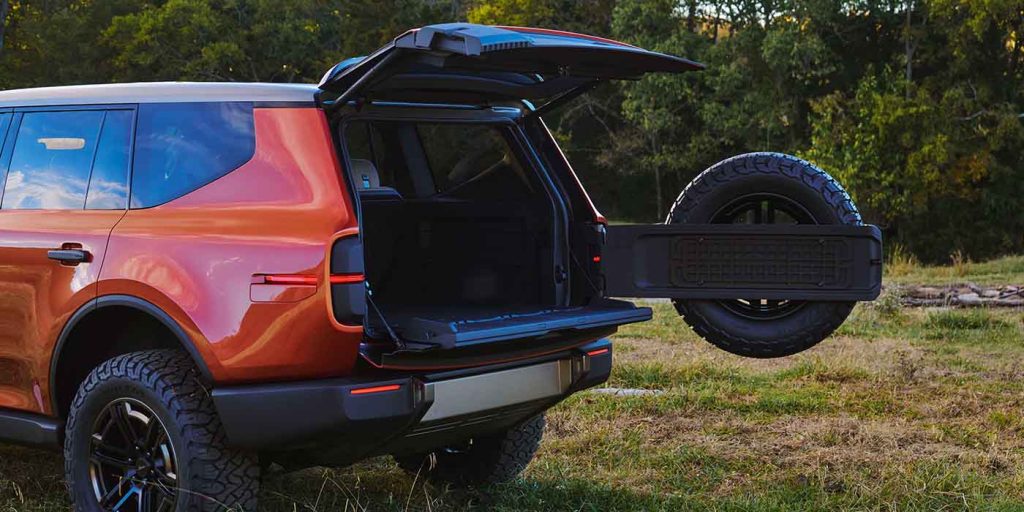
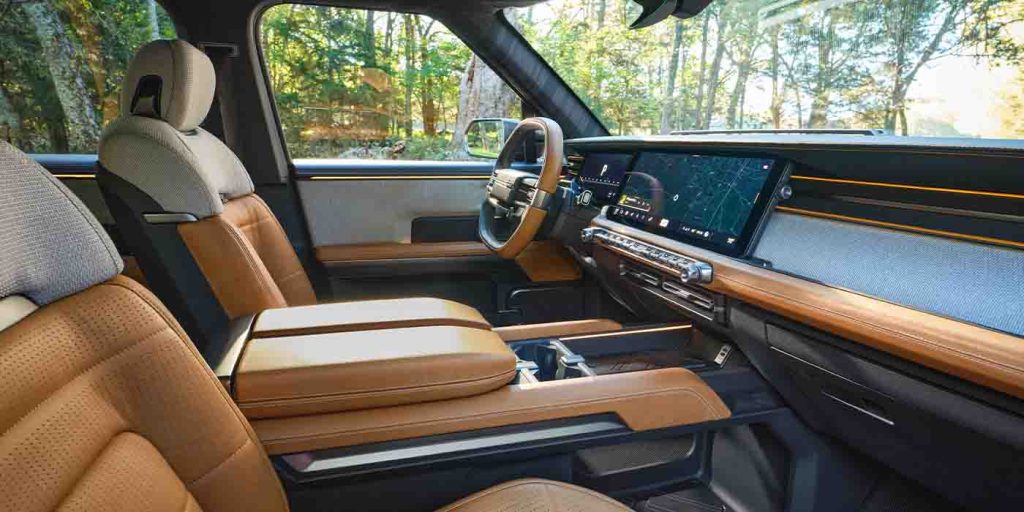
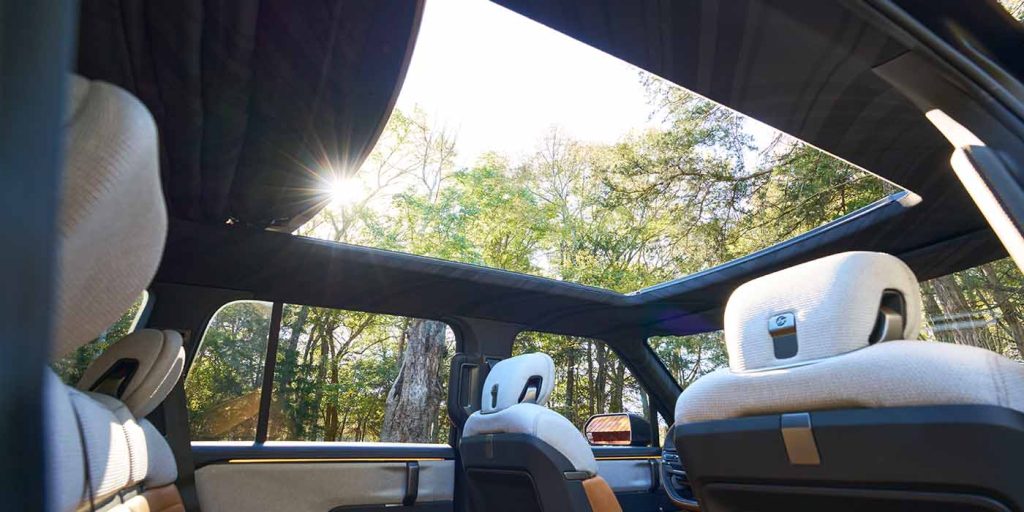
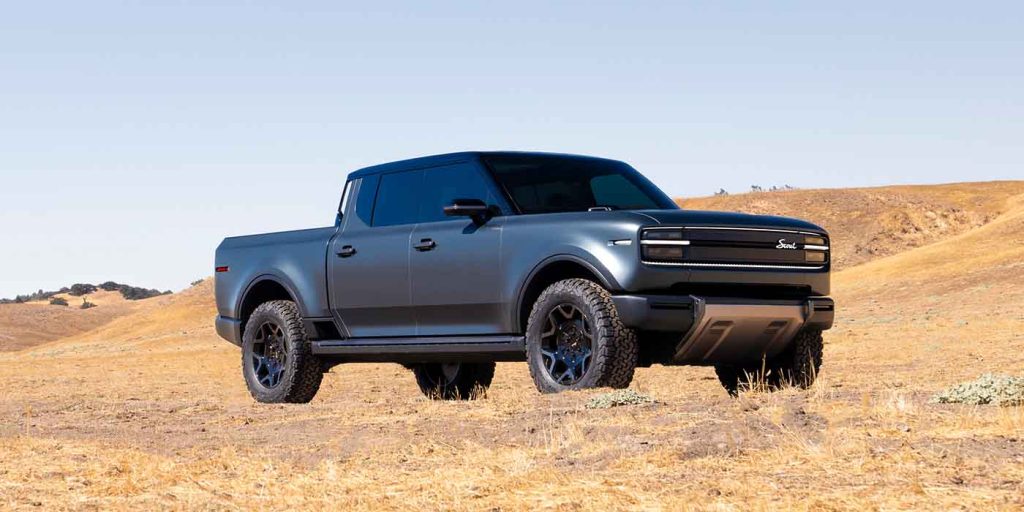
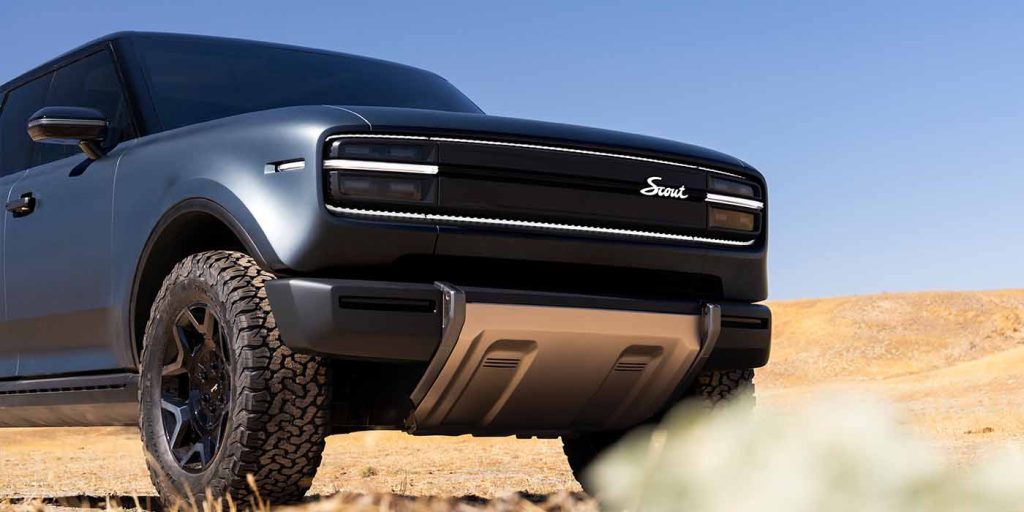
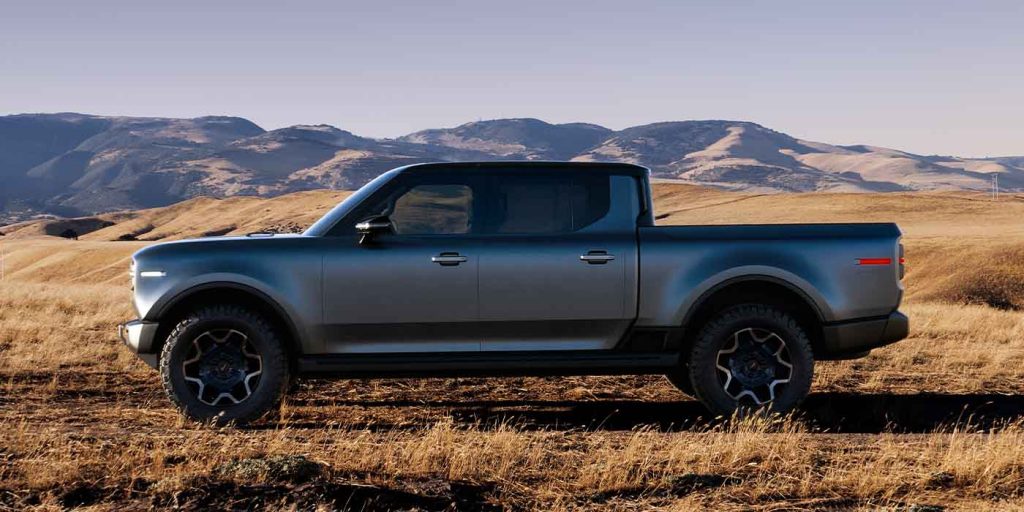
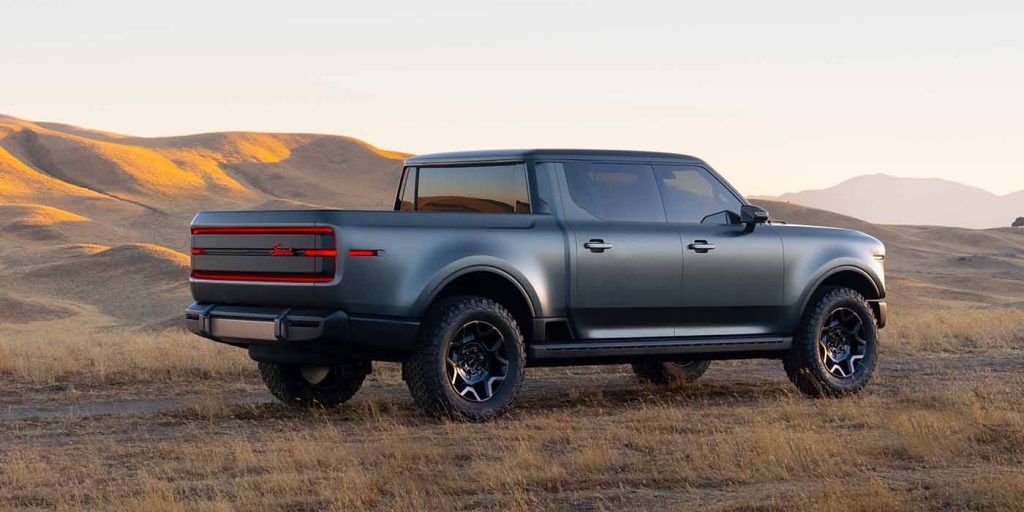
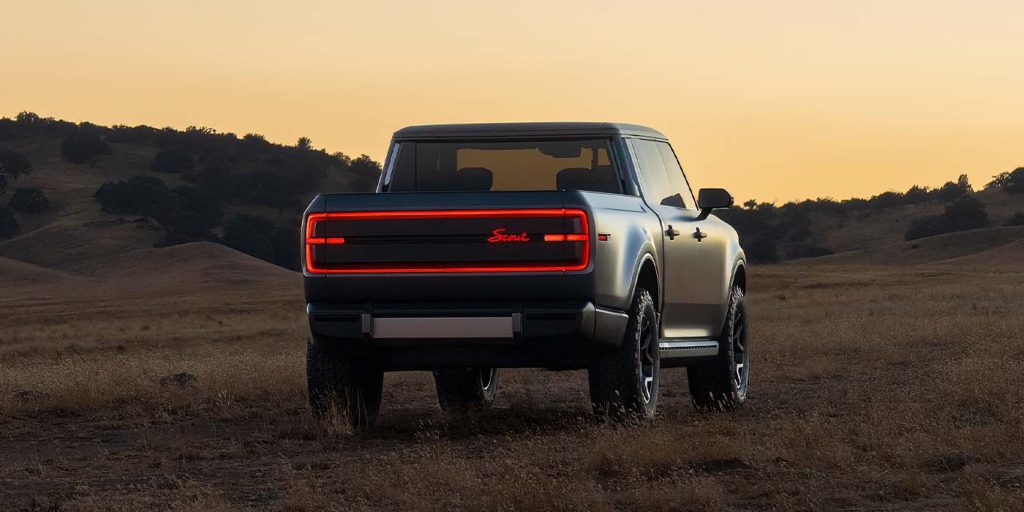



Comments